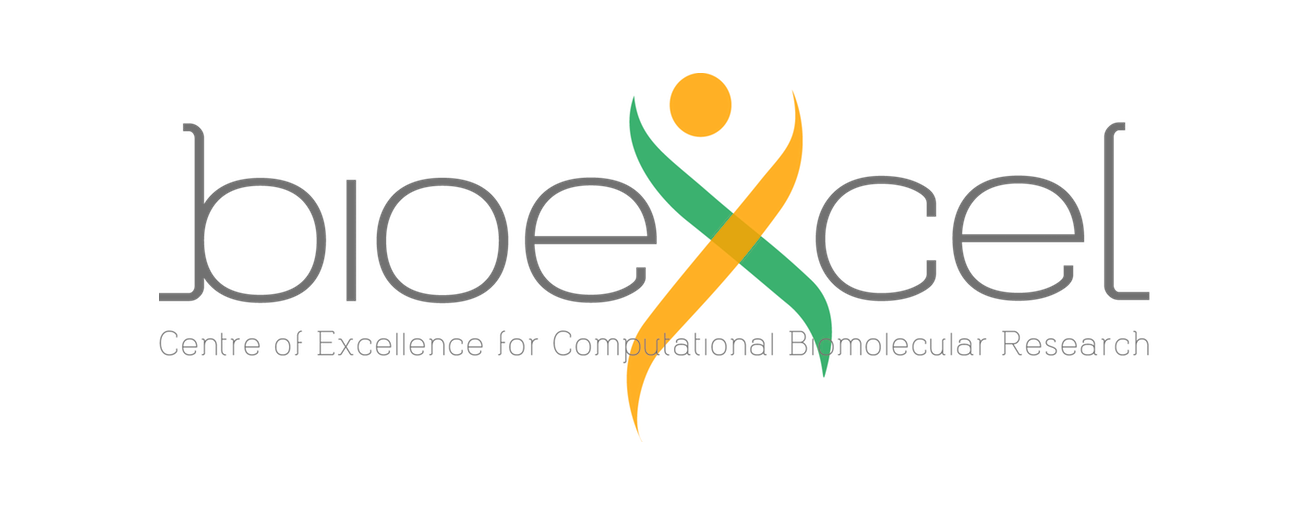Method
What is WHISCY?
WHISCY is a program to predict protein-protein interfaces. WHISCY was primarily designed for protein-protein docking using HADDOCK. It can also be used to guide mutagenesis or to support experimental studies.
What do I need for a WHISCY prediction?
You need to supply the structure of your protein and a multiple sequence alignment of your protein sequence with homologuous sequences.
How does WHISCY make predictions?
WHISCY is primarily based on conservation, but it also takes into account structural information. The alignment is used to calculate a prediction score for each surface residue of your protein. Then, the interface propensities of the amino acids are used to adjust the scores. WHISCY uses the structure to define the surface and to smooth the prediction scores over the surface.
How does WHISCY work?
WHISCY requires a protein structure and a sequence alignment. First, it identifies a master sequence, the sequence that best matches the structure.
The sequence distance (amount of mutation) between the master sequence and all sequences is estimated. This determines the amount of expected mutation.
Then, for each residue, the expected mutation is compared with the observed mutation. Less change than expected means conservation, translated into a positive WHISCY score.

Next, the interface propensity is taken into account.
Phenylalanines, for example, are likely to be in a protein-protein interface, so all phenylalanines receive a higher score. Lysines are much less likely to be in a protein-protein interface, so lysines receive a lower score.
Finally, all scores are smoothed over the surface of the protein structure.
Interfaces often form patches, so that neighbours of interface residues often are interface residues, too. The smoothing means that the scores of these neighbours are taken into account.






